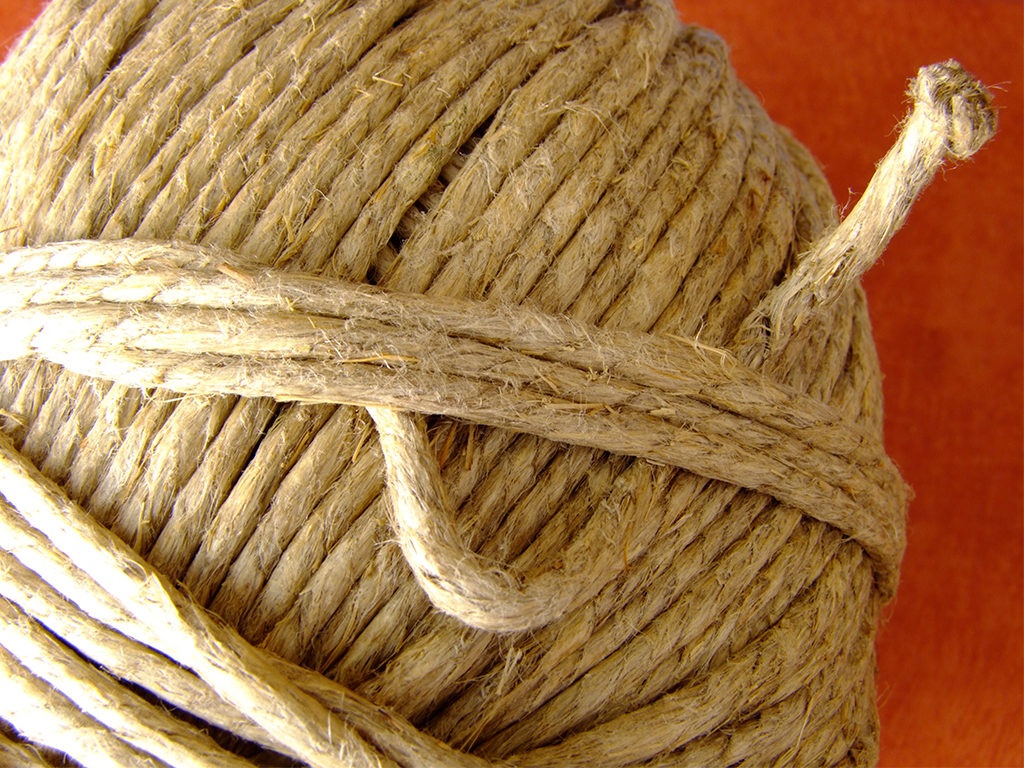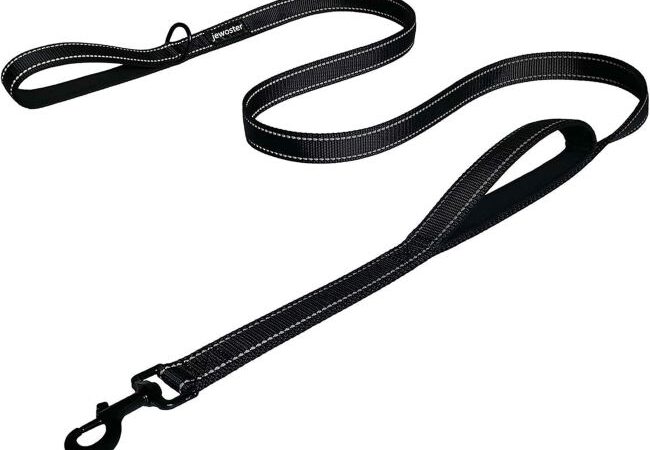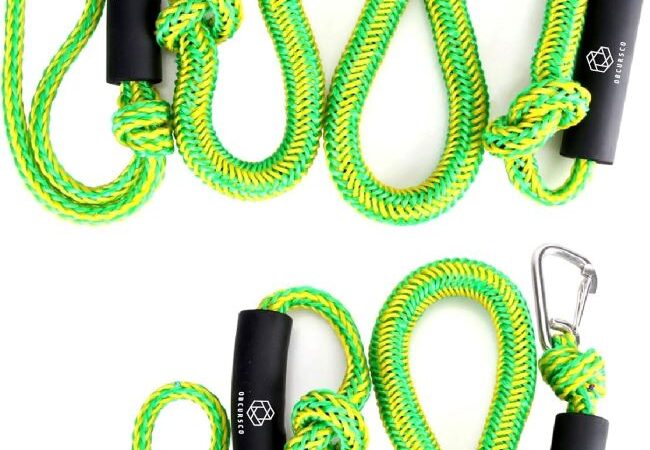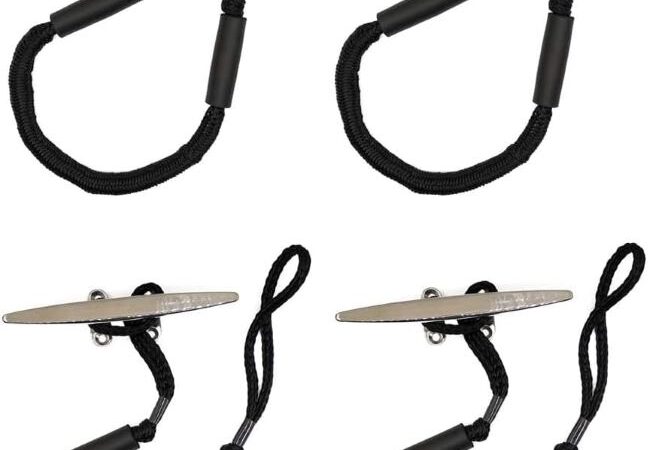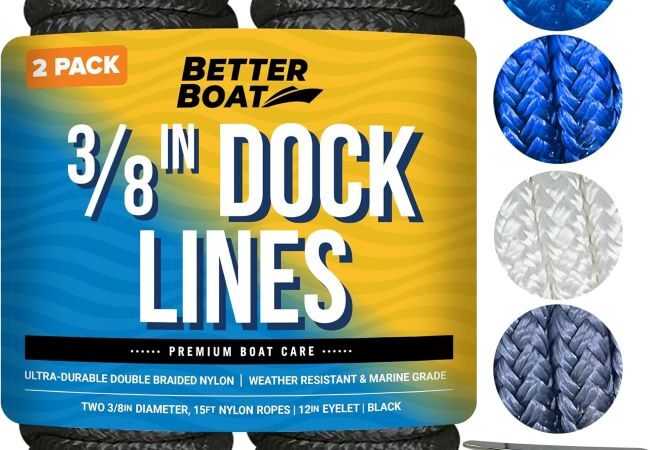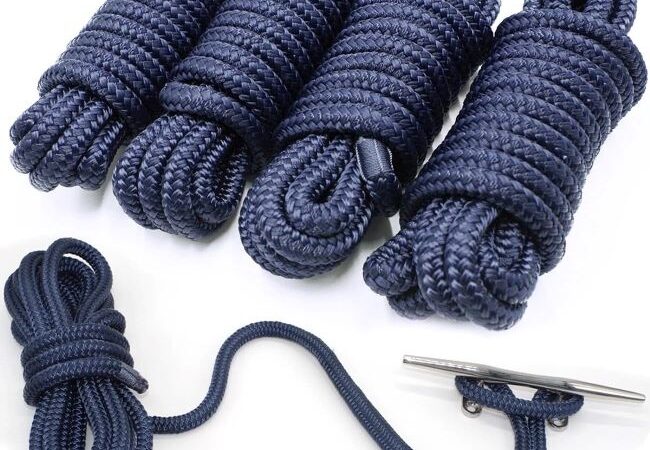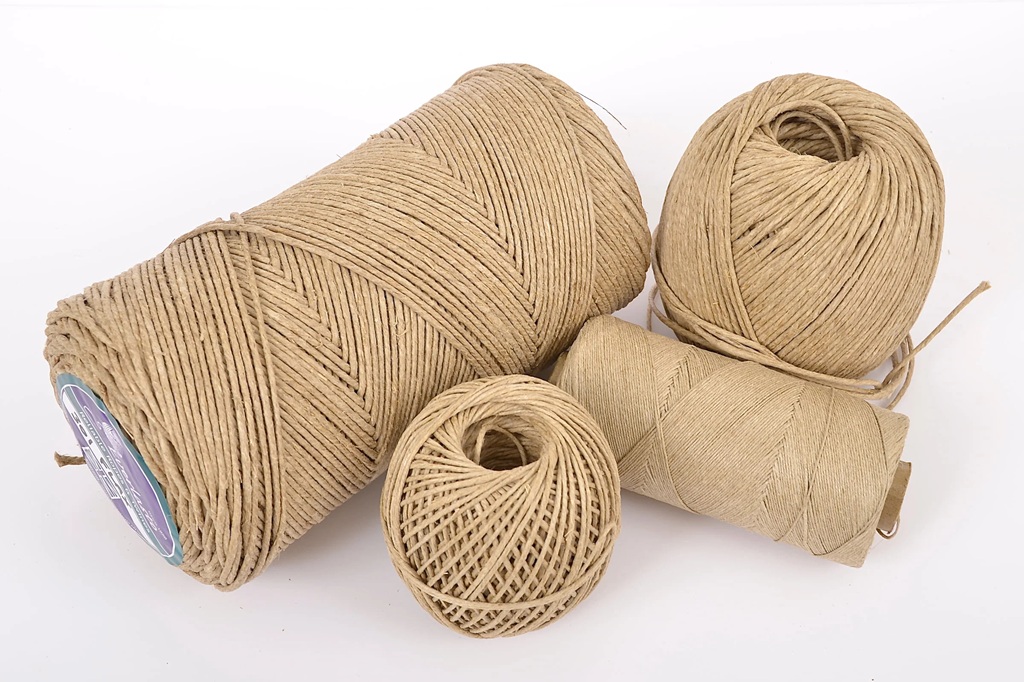
What is Flax Rope? Unraveling the Versatile Natural Fiber
Have you ever wondered about the strong, natural ropes you see in nautical settings or rustic decor? Often, the question arises, “What is flax rope?” It’s a common misconception that jute and flax are interchangeable. In reality, while both are natural fibers, they originate from different plants and possess distinct properties. This article will delve into the fascinating world of flax rope, exploring its origins, characteristics, uses, and benefits.
Contents at a Glance
ToggleUnderstanding Flax Fiber and Its Origins
Flax, scientifically known as Linum usitatissimum, is a flowering plant cultivated for its seeds and fibers. The fibers, extracted from the stem, are spun into linen yarn, which is then used to create flax rope. This ancient crop has been used for thousands of years, with evidence suggesting its use dating back to ancient Egypt.
- Plant Source: Linum usitatissimum
- Fiber Extraction: From the stem
- End Product: Linen yarn, then flax rope
Flax Rope: Characteristics and Properties
Flax rope stands out due to its unique characteristics. Understanding these properties helps distinguish it from other natural fibers, such as jute.
Strength and Durability
Flax fibers are known for their impressive tensile strength, making flax rope incredibly durable. This strength allows it to withstand significant loads, making it suitable for various demanding applications.
Natural Resistance and Versatility
- Flax rope exhibits natural resistance to rot and mildew, particularly when treated properly.
- It’s also relatively resistant to sunlight degradation, contributing to its longevity.
- Its versatility allows it to be used in various applications, from sailing to decorative purposes.
Distinguishing Flax from Jute
While both are natural fibers, jute is coarser and less durable than flax. Jute, derived from the jute plant, is often used in burlap and twine. Flax, conversely, is smoother and stronger, making it ideal for high-stress applications.
Applications of Flax Rope
The unique properties of flax rope make it suitable for a wide range of applications.
Nautical Applications
Traditionally, flax rope has been a staple in nautical settings. Its strength and resistance to saltwater make it ideal for sailing and rigging.
- Sailing ropes
- Rigging and mooring lines
- Nautical decor
Decorative and Craft Uses
The natural aesthetic of flax rope makes it popular for decorative purposes. Its rustic charm adds a touch of natural elegance to various projects.
- Home decor
- Craft projects
- Gardening applications
Industrial and Agricultural Uses
Flax rope’s strength and durability extend to industrial and agricultural applications.
- Agricultural tying and binding
- Industrial packaging
- Construction projects
Advantages of Using Flax Rope
Choosing flax rope offers several advantages over synthetic alternatives.
Eco-Friendly and Sustainable
Flax is a sustainable crop, requiring fewer pesticides and fertilizers than other fiber sources. Flax rope is biodegradable, reducing environmental impact.
Natural and Biodegradable
- Made from natural fibers
- Biodegradable and compostable
- Reduced environmental footprint
Strong and Long-Lasting
Its inherent strength and durability ensure a longer lifespan, reducing the need for frequent replacements.
Caring for Your Flax Rope
Proper care ensures the longevity and performance of your flax rope.
Cleaning and Maintenance
Regular cleaning removes dirt and debris, preventing premature degradation. Avoid harsh chemicals and opt for gentle cleaning methods.
Storage Tips
Store flax rope in a dry, well-ventilated area to prevent moisture buildup and mold growth. Proper storage maintains its integrity and extends its lifespan.
Related: What is Bomb Rope Called Lone Star? Unraveling the Mystery
Where to Find Quality Flax Rope
Finding high-quality flax rope is essential for optimal performance. Look for reputable suppliers specializing in natural fibers.
Online Retailers
Numerous online retailers offer a wide selection of flax rope products.
Specialty Stores
Specialty stores catering to nautical or crafting needs often carry high-quality flax rope.
Direct Suppliers
Purchasing directly from suppliers ensures quality and often provides access to bulk discounts.
Related: Is Sisal Rope Non-Toxic? Unveiling the Natural Fiber’s Versatility
The Future of Flax Rope
As sustainability becomes increasingly important, the demand for natural fibers like flax is expected to rise. Innovations in processing and manufacturing are enhancing the properties and applications of flax rope.
Sustainable Innovations
Ongoing research and development focus on enhancing flax fiber properties through sustainable practices.
Expanding Applications
New applications in various industries are emerging, leveraging the unique benefits of flax rope.
Related: How Do You Use a Boxing Rope? Mastering the Hodag Rope for Peak Performance
Conclusion: Embrace the Versatility of Flax Rope
“What is flax rope?” is a question that leads to discovering a versatile, strong, and sustainable natural fiber. From its ancient origins to its modern applications, flax rope continues to prove its value. Its durability, natural resistance, and eco-friendly nature make it a preferred choice for various needs. Whether you’re a sailor, crafter, or environmentally conscious consumer, flax rope offers a reliable and sustainable solution.
Ready to explore the versatility of flax rope? Browse our selection of high-quality flax ropes and discover the perfect fit for your needs. Contact us today for personalized recommendations and expert advice.

